MYP中学课程(G6-10)
深圳外国语湾区学校已在2021年获得IB-MYP中学课程授权。我们的多元融合课程为学生提供高质量且富有挑战性的国际化教育,帮助学生成长为具有民族情怀、国际视野的创新人才。
湾区学校融合课程涵盖语言、数学、科学、艺术、个人发展、社会学和体育等领域,融合了中国国家课程标准与IB课程的精华。
什么是MYP?
MYP中学课程是专为11-16岁的6-10年级学生设计的探究式学习框架。在青少年在体育、认知和社交能力快速发展阶段,MYP课程作为帮助其成长的基础,提供了适度的智力挑战,同时也帮助青少年实现社会和道德成长。在中学课程的学习过程中,学生将通过知识理论、全球化语境和跨学科学习有机结合的学习过程,获得学习技能和知识能力的长足发展。
MYP学科群和课程学习
MYP学习分为8个学科群,分别为:语言与文学:汉语(和英语),语言习得:英语(和汉语),个人与社会,科学,数学,艺术,设计,体育与健康教育。SGA课程指南中列出了学科概述及其提供的学习单元。
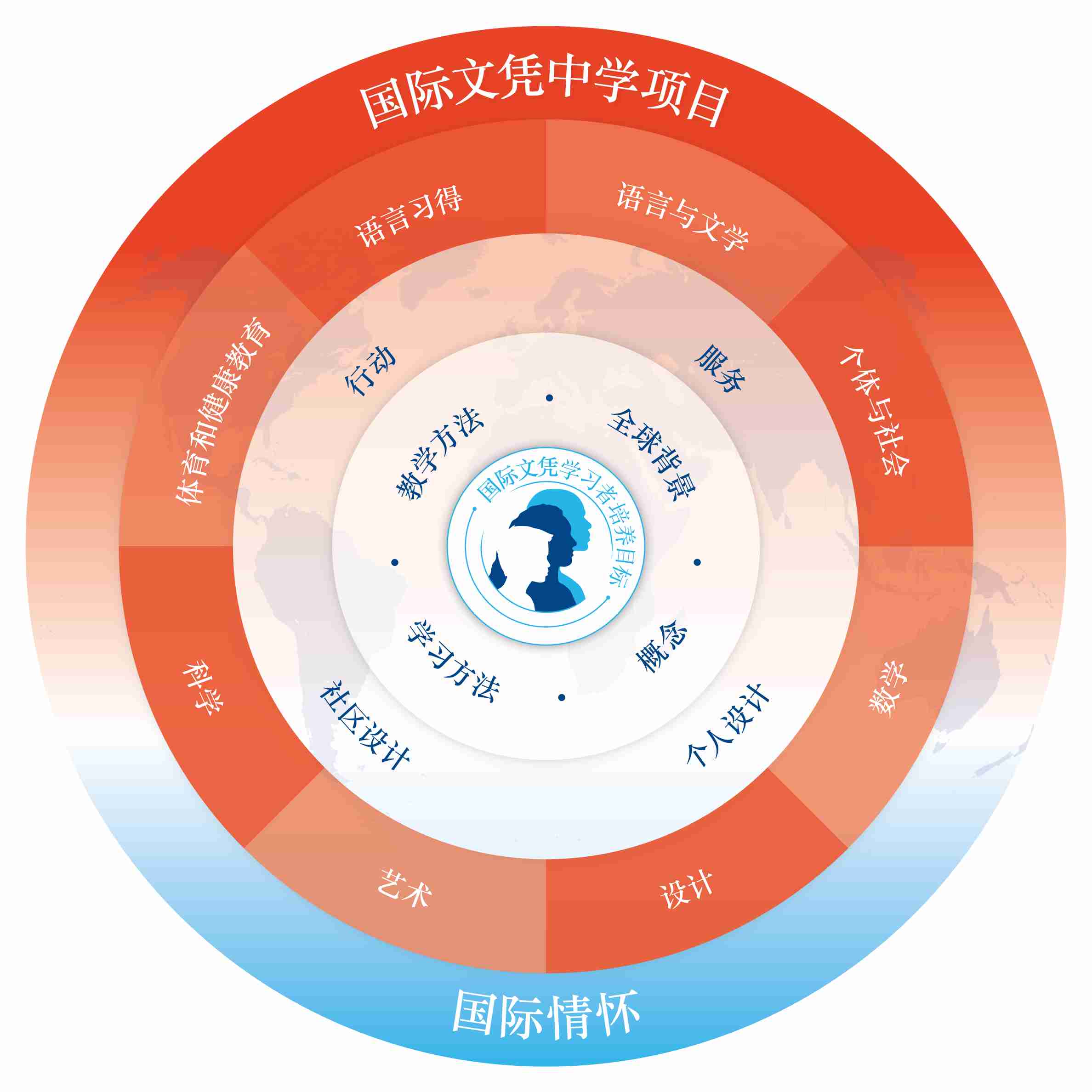
在MYP学习中,学生将以IB的课程框架及学习方法完整学习中国国家课程(CNC)中包含的内容和概念。我们采用国际公认的评估标准对学生的学习成果进行评估,包括US Common Core、the Next Generation Science Standards、the National Core Arts Standards、the Ontario Curriculum以及C3 Framework,这些标准概述了学生在MYP学习过程中应取得的发展成果。


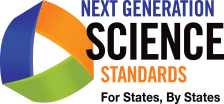

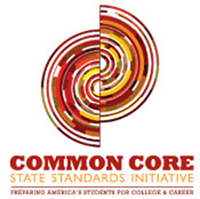
概念性理解
MYP中的所有学习单元均由以下16个核心概念构成。我们围绕这些核心概念组织具有高度关联性的课程,帮助学生在不同学科群内部和之间建立相关理解,在不同的环境之间完成学习迁移,灵活构建知识,提升理解的适应性。在MYP学习期间,学生将在各个学科范围中探究这些核心概念及其代表的意义。

全球化语境
MYP学习与生活高度相关,帮助学生在现实生活环境和示例中理解所学习的知识和概念。MYP的全球化语境鼓励学习者具有国际意识,更多地理解我们所处的日益互联的世界。 MYP中的六个全球背景来自于PYP学习中的跨学科主题。每个学习单元都与下述六个全球背景之一相关联。
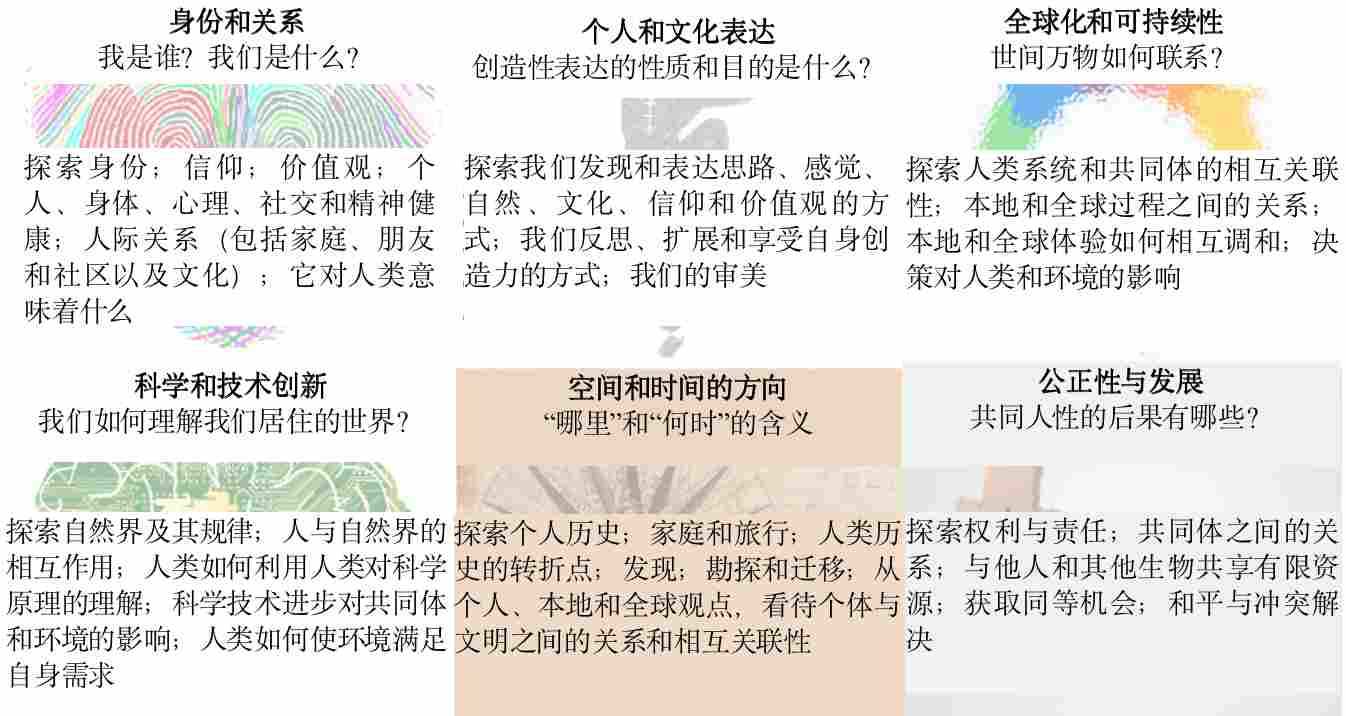
学习方法(ATL)
ATL是学生成为成功的终身学习者需要掌握的技能。通过培养学生在认识自身优势、改进并做出明智决定方面的能力,使学生形成自身发展的积极自驱力。MYP的每个学习单元都包含特定的ATL,我们的评估也专注于这些ATL,以培养学生着力掌握该单元所需的技能。
如下图所示,IB列出了10个ATL技能集群,共分为5组。
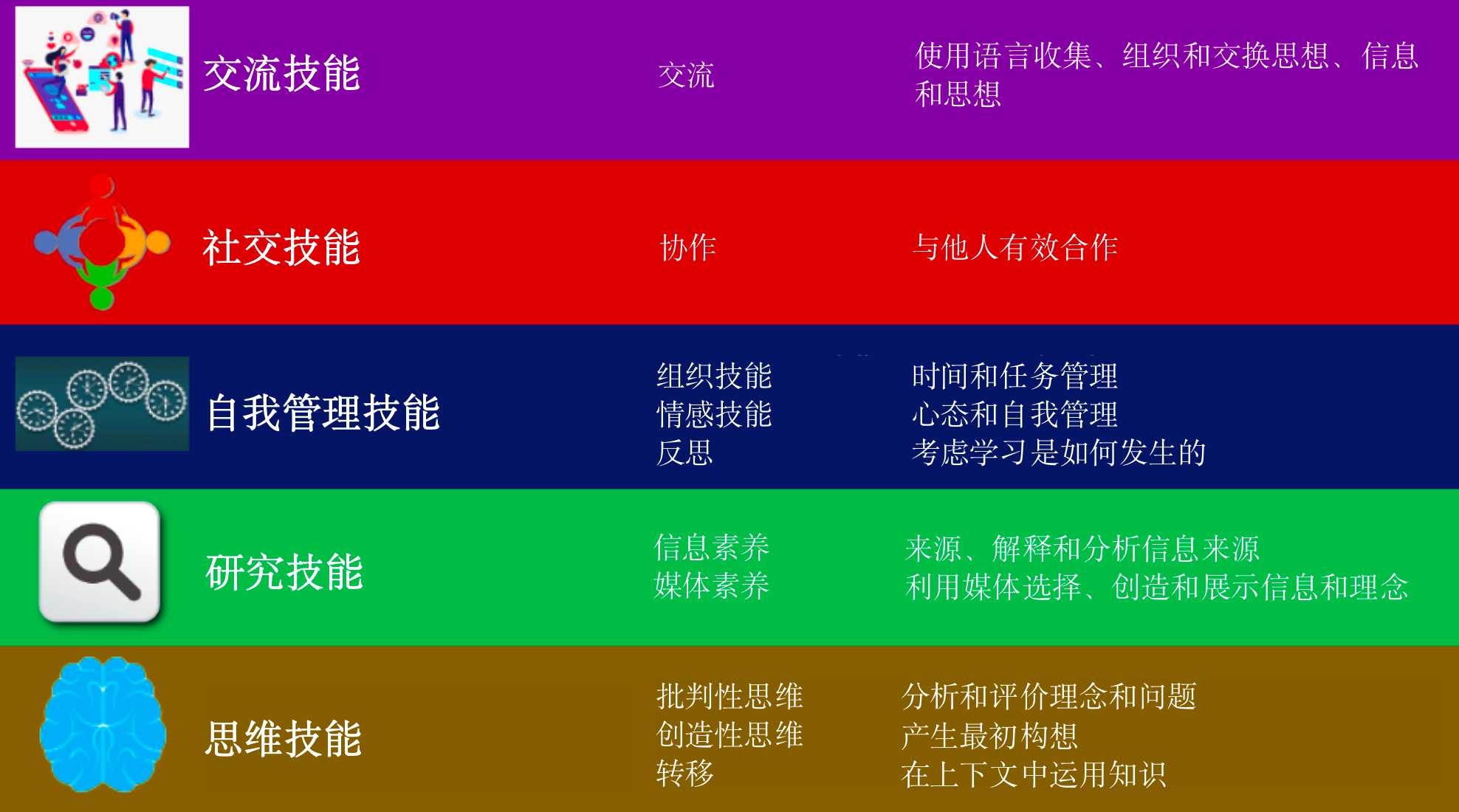
ATL技能是个体技能,是每个孩子学习工具包的重要组成部分。在信息化时代,点击按钮就能获得知识,今后对学生的要求不会以他们的记忆力为基础。掌握ATL技能将帮助我们的毕业生以更强的适应力和创造力融入不可预测的未来世界。
ATL技能包含在每门学科的实践和发展中。在下列的学科计划中,每个单元都与多个ATL技能相关联,这也意味着学生有机会通过各种活动明确感受到这些技能的增长。
MYP跨学科学习概述
跨学科单元旨在通过让学生使用迁移能力解决问题,帮助学生获得更真实的现实生活体验。在湾区学校,学科间会进行合作式单元教学,要求学生认识、发展和反思学科间的迁移知识。在单元学习中,我们在每个传统学科课程内学习多个学科领域的内容,教师可进行学科间的知识迁移,在不同的学科中分享学科知识。通常,这些单元都有一个项目重点,学生在项目重点中有特定的目标,只有结合他们对不同学科的理解才能达成。除了学习层面的收益,参与跨学科学习也能帮助学生获得自身发展,从而实现更复杂的目标。
MYP学习通常通过个体学科信息呈现。需要注意的是,MYP鼓励学生跨越个体学科界,在实践中学习。学生在共享的全球背景内的跨学科单元(IDU)概念式学习中,形成对特定学科内容知识的更深层次、更实际和更共通的理解。学习方法(ATL)(也存在于PYP中)是本课程的重点。ATL是学生的核心学习技能发展目标,在塑造这些技能的过程中,推动个体在自主学习中发展进步。
MYP中的评估
MYP框架采用形成性评估和总结性评估相结合的方法。MYP中的每个学科都有四个评估目标,作为衡量学生表现的标准。每个标准的得分范围在0(最低,未提交作业)和8(最高)之间。在计算单学科总分时,将所有四个标准得分相加,然后根据MYP等级边界计算器得出分数。下表显示了各个科目等级的计算方法,并提供了各等级学生作业的指示性说明。
| 科目等级 | 标准评分总和 | 等级水平描述 |
|---|---|---|
| 7 | 28-32 | 作业完成质量高,经常创新。能够传达对概念和上下文全面、细致入微的理解。能够始终展现成熟的批判性与创造性思维。能够经常传递知识和技能,在各种复杂的课堂和真实情境中,具有独立性和专业知识。 |
| 6 | 24-27 | 作业完成质量高,偶尔创新。能够传达对概念和上下文的全面理解。经常以复杂巧妙的方式,展现批判性与创造性思维。能够在熟悉和不熟悉的课堂和真实情境中,运用知识和技能,通常具有独立性。 |
| 5 | 19-23 | 作业完成质量一般较高。能够传达对概念和上下文的稳固理解。有时以复杂巧妙的方式展现批判性与创造性思维。能够在熟悉的课堂和真实情境中,以及在取得支持的情况下,在一些不熟悉的真实情境中,运用知识和技能。 |
| 4 | 15-18 | 作业完成质量高。能够传达对大多数概念和上下文的基本理解,几乎没有误解和细微的差距。能够经常展现基本的批判性与创造性思维。能够在熟悉的课堂情境中,灵活运用知识和技能,在不熟悉的情境中则需要取得支持。 |
| 3 | 10-14 | 作业完成质量可接受。能够传达对很多概念和上下文的基本理解,偶尔有重大的误解或差距。开始展现出一些基本的批判性与创造性思维。经常灵活运用知识和技能,即使在熟悉的课堂情境中,也需要取得支持。 |
| 2 | 6-9 | 作业完成质量有限。对很多概念和上下文存在表达误解或理解上的重大差距。很少展现批判性与创造性思维。在运用知识和技能方面,一般缺乏灵活性,很少应用知识和技能 |
| 1 | 1-5 | 作业完成质量非常有限。展现出很多重大误解,或者对大多数概念和上下文缺乏理解。极少展现出批判性和创造性思维。非常死板,极少运用知识或技能。 |
各科目的总结性评估会依据一项或多项标准作出。在总结性评估中,每项标准的评分标准为0-8分,根据相关标准描述衡量学生提交的材料,以确定学生所处的正确水平。各标准分数相加,即可得出该科目原始分数与总分32分的比率。然后,根据IB设定的等级边界,将该分数转换成按1-7分制评分的该科目的整体IB等级分数。
例如,一名学习数学的学生在当年学习结束时,会得到以下标准分数:
- 认识与理解: 6
- 调查模式:5
- 交流:8
- 在现实背景中应用数学:7
四科总分为26分。即,学生的数学总成绩为6分。
大部分科目的评估采用全面的4项标准进行,评估标准详见本指南各科目页。
MYP中的每个科目都有自己的评估标准组合。下表显示了每个科目的全部四项标准。
| A | B | C | D | |
|---|---|---|---|---|
| 语言与文学:汉语 | 分析 | 组织 | 写作 | 语言运用 |
| 语言习得(英语) | 听力 | 阅读 | 口语 | 写作 |
| 个人与社会 | 认识和理解 | 调查 | 交流 | 批判性思维 |
| 科学 | 认识和理解 | 探究和设计 | 加工与评价 | 反思科学的影响 |
| 数学 | 认识和理解 | 调查模式 | 交流 | 在现实背景中应用数学 |
| 艺术 | 认识和理解 | 发展技能 | 创造性思维 | 反应 |
| 体育与健康教育 | 认识和理解 | 表现规划 | 运用和表现 | 反思和改进表现 |
| 设计 | 探究和分析 | 开拓思路 | 创建解决方案 | 评价 |
| 跨学科单元(IDU) | 学科基础 | 合成与应用 | 交流 | 反思 |
在一学年内,每个学科会针对每项标准至少评估两次。科任教师对学生标准分数的总体进步情况做出专业判断,生成全面最佳拟合标准分数。
在总结性评估之前,学生将会收到评估通知,包括评估说明、将被评估的特定任务,教师也将提供对应指导,帮助学生了解当前评估的标准,以及学生在临近评估任务需要完成的事项。
在湾区学校,学习评估是持续进行的循环过程。评估后,教师将向学生发放关于评估表现的反馈和指导。学生将定期评估自己和同学的作业,反思个人表现,通过与教师协作,设定自身目标,以便在今后的评估中做出改进。
在每次评估中,学生有责任完成所有要求完成的任务。在评估中,如未提交成绩证据,每项评估标准得‘0’分。评估中出现的学术诚信问题将按照学校的学术诚实政策予以处理。
Middle Years Programme (G6-10)
What is the MYP?
The MYP is a framework for inquiry-based learning designed for students aged between 11 and 16, Grades 6 – 10. At a time where children experience rapid development in their physical, cognitive and social capability, the MYP provides them with a holistic foundation of appropriate intellectual challenge alongside a programme to help their social and moral growth. As an integral part of the programme, learning skills and attributes are developed within and across all subjects linked together through concepts, global contexts and interdisciplinary study.
MYP subject groups and curricular learning
Learning in the MYP is organised into 8 subject groups. These are; Language & Literature: Chinese (and English), Language Acquisition: English (and Chinese), Individuals & Societies, Sciences, Mathematics, The Arts, Design and Physical and Health Education. Overviews of the subjects and the learning units they provide are set out in the SGA Curriculum Guide.
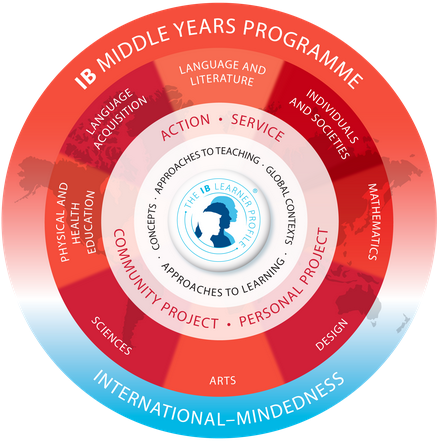
Within their learning in the MYP, students will also cover content and concepts included in the Chinese National Curriculum (CNC). This is delivered through the use of elements of the CNC to form the building blocks of the learning content in their MYP subjects. For example, in Mathematics, Science, Individuals and Societies and Chinese Language & Literature, the MYP framework will be used to deliver elements of the CNC. Students will be assessed on subject knowledge that aligns with CNC topics, but in a way that follows the MYP’s assessment philosophy and practices.
Progression in all subjects is also benchmarked against internationally recognised standards that outline the development that students should make throughout their learning in the MYP. These include, the US Common Core, the Next Generation Science Standards, the National Core Arts Standards, the Ontario Curriculum and the C3 Framework for Social Studies.





Conceptual Understanding
All units of study in the MYP are framed by one of the 16 Key Concepts. These are big ideas around which the curriculum is organised that help students build relevant understanding within and between different subject groups. Associating their learning with these concepts helps students to transfer their learning between different environments, making them flexible and adaptive in constructing their knowledge and understanding. Each unit of study contains one of the 16 key concepts shown below and details are shown in the plans in the subject specific pages. Students will explore units with all of these concepts across their range of different subjects during their study in the MYP.

Global Contexts
Learning in the MYP is linked to contexts to enable students to understand concepts in realistic, relevant and authentic real-life settings and examples. Global contexts in the MYP encourage international mindedness in learners and a greater understanding of the settings in which our increasingly interconnected world is placed. The six global contexts within the MYP grow from the trans-disciplinary themes evident within learning in the PYP. Each unit of study is linked to one of the six global contexts outlined below.
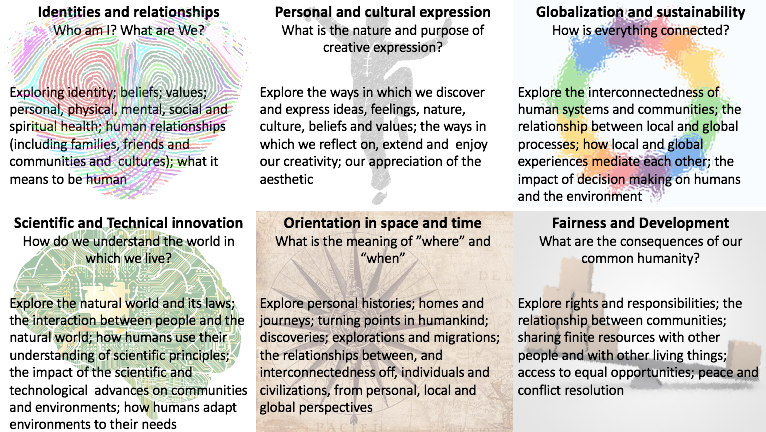
Approaches to Learning (ATLs)
ATLs are the skills that students need to launch themselves in to becoming successful lifelong learners. They enable students to become active and driving forces in their own development, by building their capacity to recognise and make informed decisions about their own strengths and areas of improvement. Every unit of study in the MYP includes specific ATLs upon which the students will focus in order to build the skills needed to perform in the assessments for that unit.
The IB sets out 10 ATL skills clusters organised in to 5 groupings as shown in the diagram below.
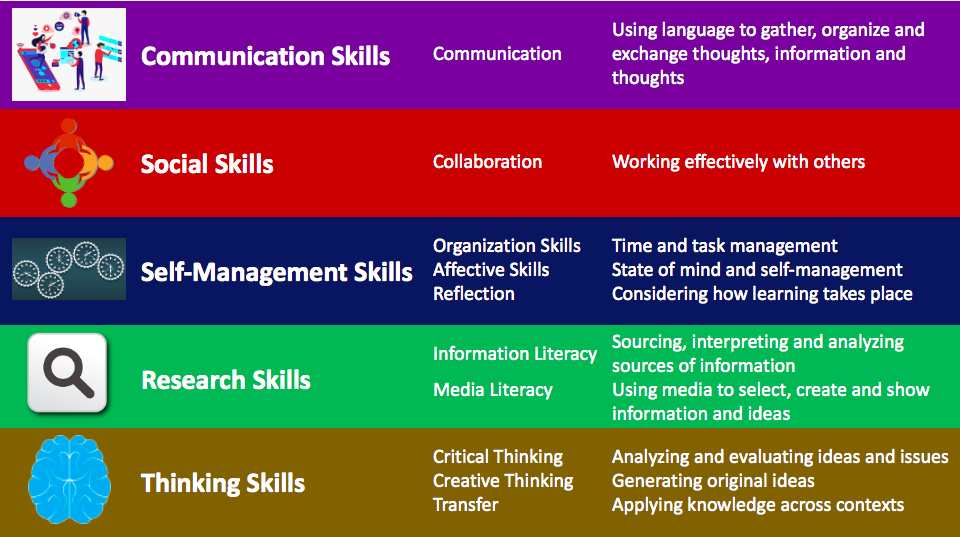
ATL skills are individual skills that form an essential part of the learning toolkit for each child. In the age of information where facts and figures are available at the touch of a button, the future requirements of today’s school students will not be based around their ability to memorise and recall facts. Aspiring to master the ATL skills will enable our graduates of the future to engage adaptively and creatively with the modern, unpredictable world.
ATL skills are practiced and developed in every subject. In the individual subject plans below you will see each unit is linked to a number of ATLs, this again enables opportunities for students to experience growth in these skills through a variety of activities and settings.
MYP Interdisciplinary Learning Overview
The world outside of school is rarely organised to the same extent that schools run on the inside. It is more complex and requires us to switch focus and apply our understanding in different contexts. Interdisciplinary units aim to give students a more authentic real-life experience by exposing them to use transferrable problem solving skills.
Interdisciplinary learning can take many forms and combinations in the school and it is an exciting and powerful way for students to embed deep and authentic learning. The units are taught collaboratively between subjects and require students to recognise, develop and reflect on their transfer of knowledge between disciplines. These units may involve learning multiple subject areas within one of their traditional subject classes and teachers may transfer between classes to share their subject specific knowledge in a different class. Often, these units have a project focus within which students have a specific end point, which is only reachable by combining their understanding across subjects. Alongside learning benefits, this also helps students engage more in the process and their own development in reaching a more complex goal
Whilst learning in the MYP here is often presented through individual subject information. It should be noted that the MYP encourages students to look and learn across individual subject boundaries. Students learn through Concepts and within shared Global Contexts that help embed a deeper, more relevant and relatable understanding of their specific subject content knowledge. Students will also learn across several subjects through Interdisciplinary units (IDUs) where their study falls between two separate subject groups. Finally Approaches to Learning (ATLs), which are also present in the PYP, are a strong central focus of the programme. The ATLs are core learning skills that students not only develop but are actively required to understand and focus on in order to drive personal progression within their own individual learning.
Assessment in the MYP
The MYP framework allows for a mixture of formative and summative assessment to be employed across all subject disciplines. Each subject in the MYP has four assessment objectives and these are the criteria against which student performance is measured. Each criterion is scored on a scale between 0 (lowest, no work submitted) and 8 (highest). To calculate the overall score in a subject, all four criteria grades are added together and measured against the MYP grade boundary calculator. The table below shows how individual subject grades are calculated and provides indicative descriptions of student work at each level.
| Subject grade | Sum of Criteria Scores | Grade Level Descriptor |
|---|---|---|
| 7 | 28-32 | Produces high-quality, frequently innovative work. Communicates comprehensive, nuanced understanding of concepts and contexts. Consistently demonstrates sophisticated critical and creative thinking. Frequently transfers knowledge and skills with independence and expertise in a variety of complex classroom and real-world situations. |
| 6 | 24-27 | Produces high-quality, occasionally innovative work. Communicates extensive understanding of concepts and contexts. Demonstrates critical and creative thinking, frequently with sophistication. Uses knowledge and skills in familiar and unfamiliar classroom and real-world situations, often with independence. |
| 5 | 19-23 | Produces generally high-quality work. Communicates secure understanding of concepts and contexts. Demonstrates critical and creative thinking, sometimes with sophistication. Uses knowledge and skills in familiar classroom and real-world situations and, with support, some unfamiliar real-world situations. |
| 4 | 15-18 | Produces good-quality work. Communicates basic understanding of most concepts and contexts with few misunderstandings and minor gaps. Often demonstrates basic critical and creative thinking. Uses knowledge and skills with some flexibility in familiar classroom situations but requires support in unfamiliar situations. |
| 3 | 10-14 | Produces work of an acceptable quality. Communicates basic understanding of many concepts and contexts, with occasionally significant misunderstandings or gaps. Begins to demonstrate some basic critical and creative thinking. Is often inflexible in the use of knowledge and skills, requiring support even in familiar classroom situations. |
| 2 | 6-9 | Produces work of limited quality. Expresses misunderstandings or significant gaps in understanding for many concepts and contexts. Infrequently demonstrates critical or creative thinking. Generally inflexible in the use of knowledge and skills, infrequently applying knowledge and skills. |
| 1 | 1-5 | Produces work of very limited quality. Conveys many significant misunderstandings or lacks understanding of most concepts and contexts. Very rarely demonstrates critical or creative thinking. Very inflexible, rarely using knowledge or skills. |
Summative assessments in each subject are based on one or more of these criteria. In these assessments, each criterion is graded on the scale of 0-8 based on measuring student submissions against the individual criteria descriptors to determine the correct level at which student is performing. Each criteria score is added to provide a raw score out of 32 for the subject. This score is then converted to a score on a scale of 1-7 for the overall IB grade in the subject, based on the grade boundaries set by the IB.
As an example, a student studying Mathematics finishes the year with the following criteria scores;
- Knowing & understanding: 6
- Investigating patterns:5
- Communicating::8
- Applying mathematics in real-world contexts:7
This would give them an overall score of 26. In turn this would give the student an overall grade in Mathematics of 6.
Some subject assessments may target an individual criterion, whilst others are more comprehensive and assess all 4 criteria in one assessment. Details of the assessment criteria are shown in the individual subject pages of this guide.
Each subject in the MYP has its own individual mixture of assessment criteria. The table below shows all four criteria for each of the subjects.
| A | B | C | D | |
|---|---|---|---|---|
| Language and literature (Chinese) | Analysing | Organizing | Producing text | Using language |
| Language acquisition (English) | Listening | Reading | Speaking | Writing |
| Individuals and societies | Knowing and understanding | Investigating | Communicating | Thinking critically |
| Sciences | Knowing and understanding | Inquiring and designing | Processing and evaluating | Reflecting on the impacts of science |
| Mathematics | Knowing and understanding | Investigating patterns | Communicating | Applying mathematics in real-world contexts |
| Arts | Knowing and understanding | Developing skills | Thinking creatively | Responding |
| Physical and health education | Knowing and understanding | Planning for performance | Applying and performing | Reflecting and improving performance |
| Design | Inquiring and analysing | Developing ideas | Creating the solution | Evaluating |
| Interdisciplinary units (IDU) | Disciplinary grounding | Synthesizing and applying | Communicating | Reflecting |
Throughout every year of the MYP, each criteria strand will be assessed at least twice. The subject teacher will apply their professional judgement of a student’s overall progress in criteria scores to generate holistic, best-fit criteria scores.
Prior to any summative assessment, students will be issued with an assessment notification carrying task-specific guidance on the criteria that will be assessed. This helps students to understand which criteria they are being assessed on and what is required from them in approaching the assessment task.
Assessment is viewed as an on-going cycle in both the school and the MYP. Teachers will issue students with feedback and guidance on their assessment performance following assessments. Students are expected to regularly assess their own work and that of their peers, reflect on their personal performance and, through collaboration with their teachers, set themselves targets for improvement in future assessments.
It is the student’s responsibility to complete all required tasks in each assessment. Failure to submit any evidence of achievement in an assessment will result in a grade of ‘0’ for each criterion assessed. Issues of academic integrity in assessments will be dealt with in alignment with the school’s academic honesty policy.